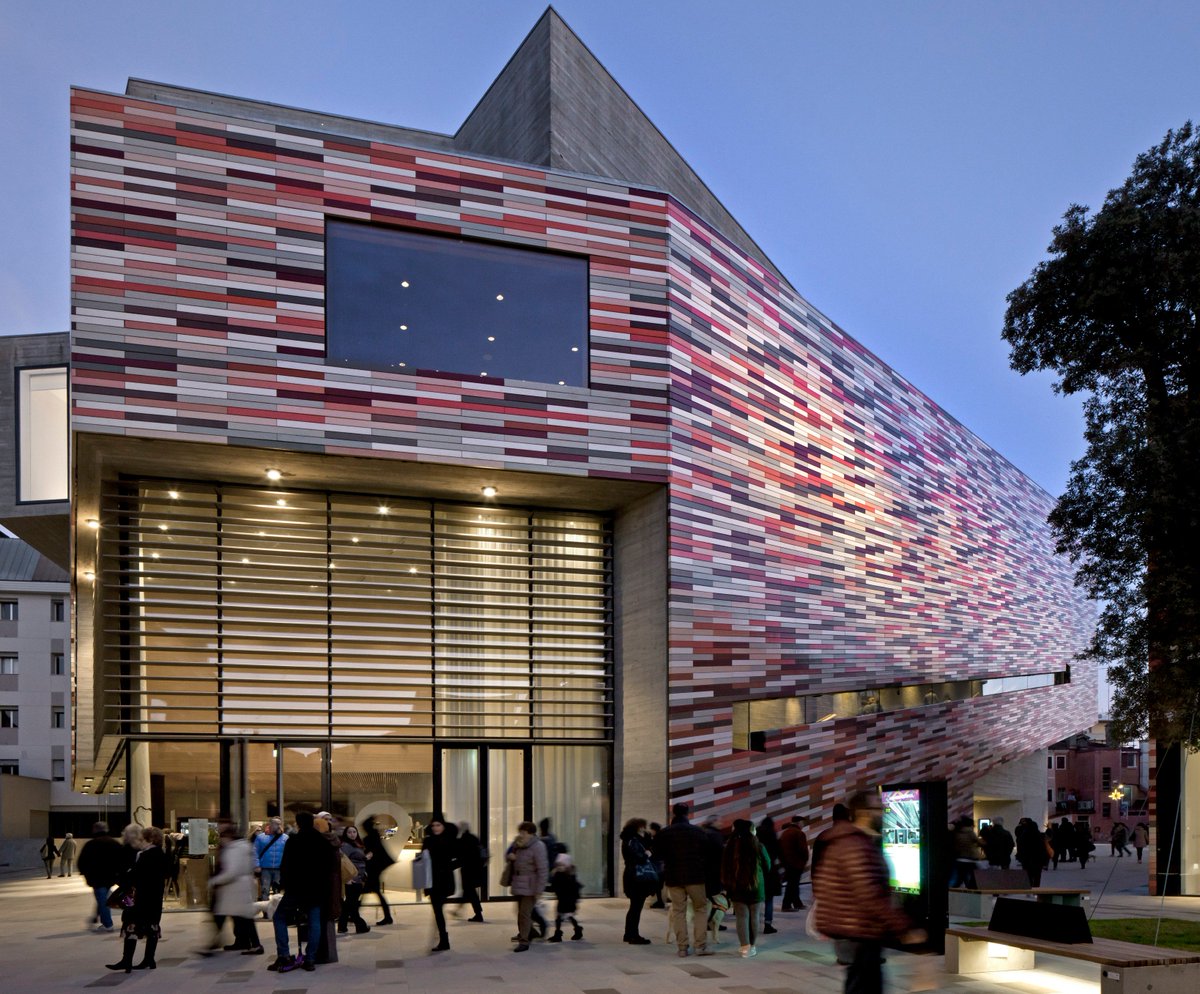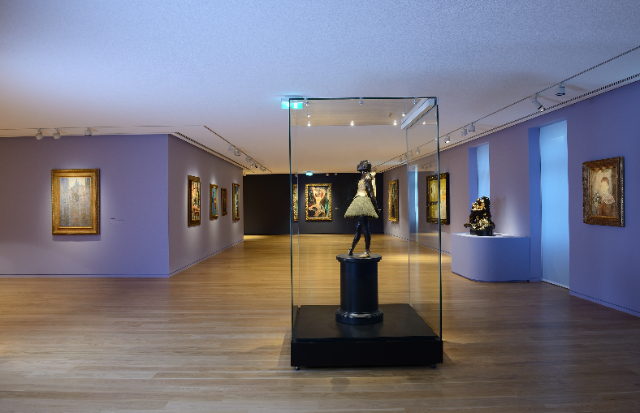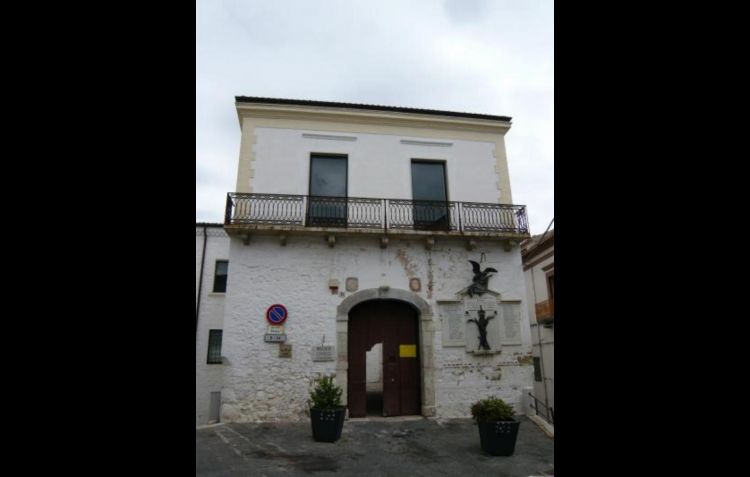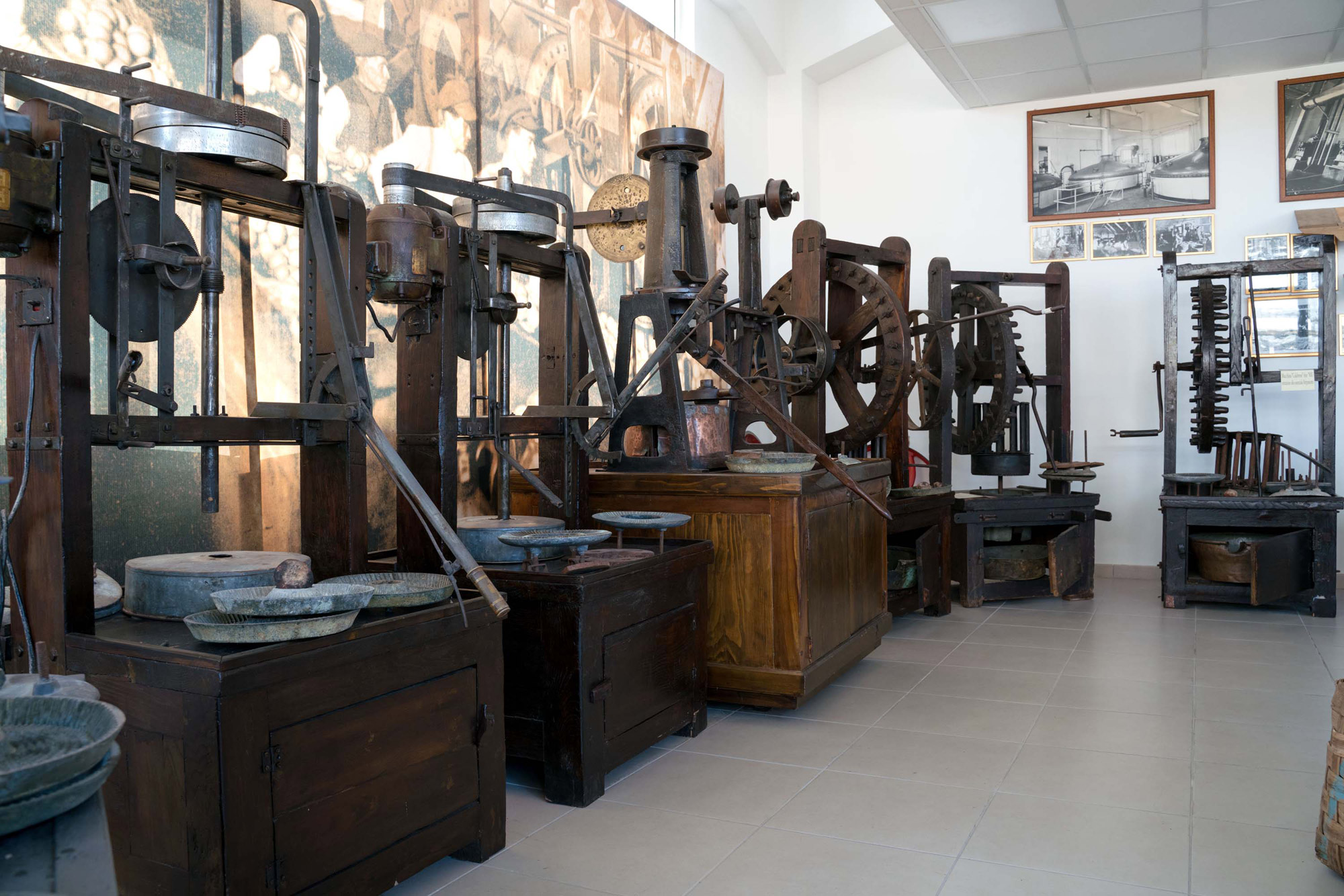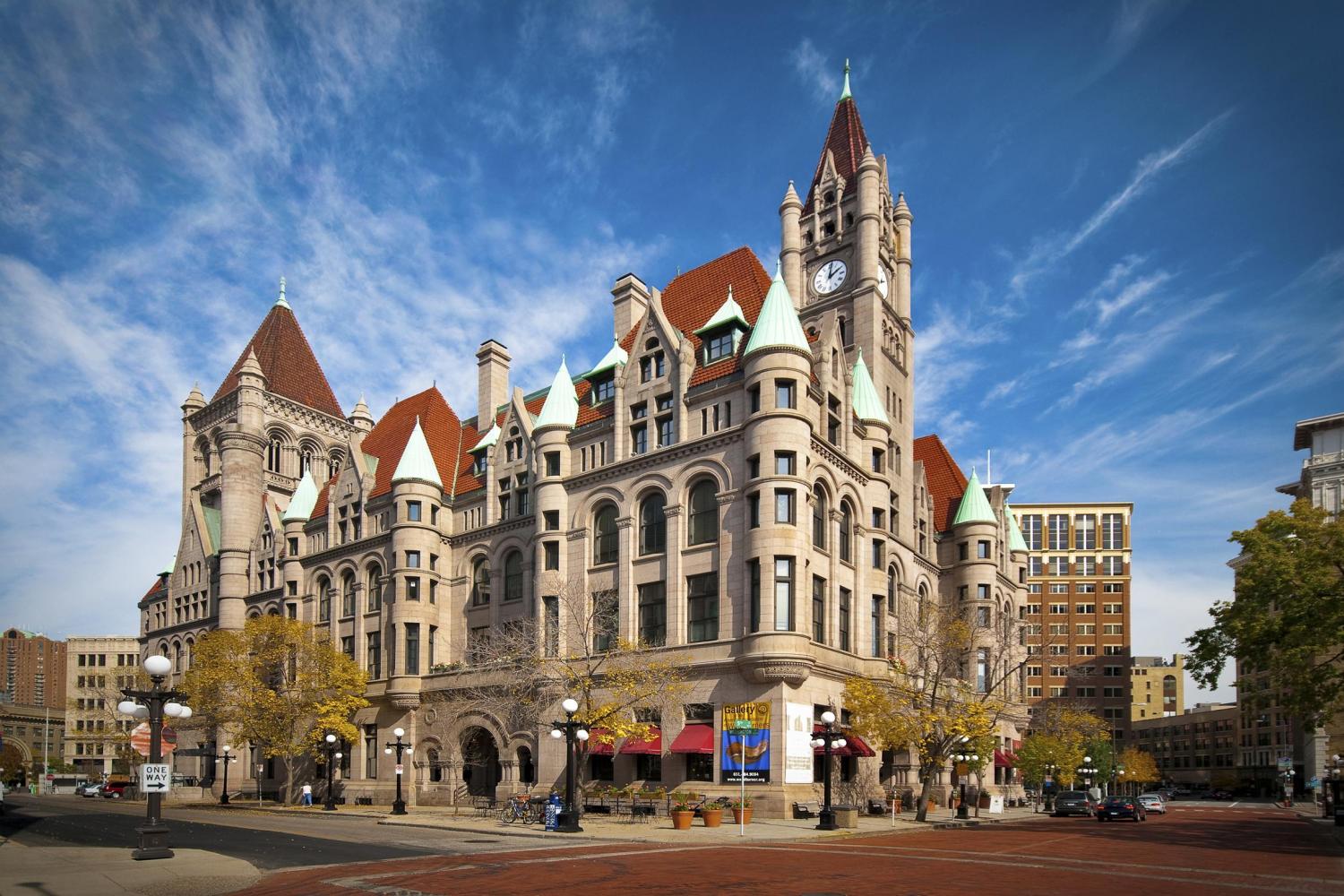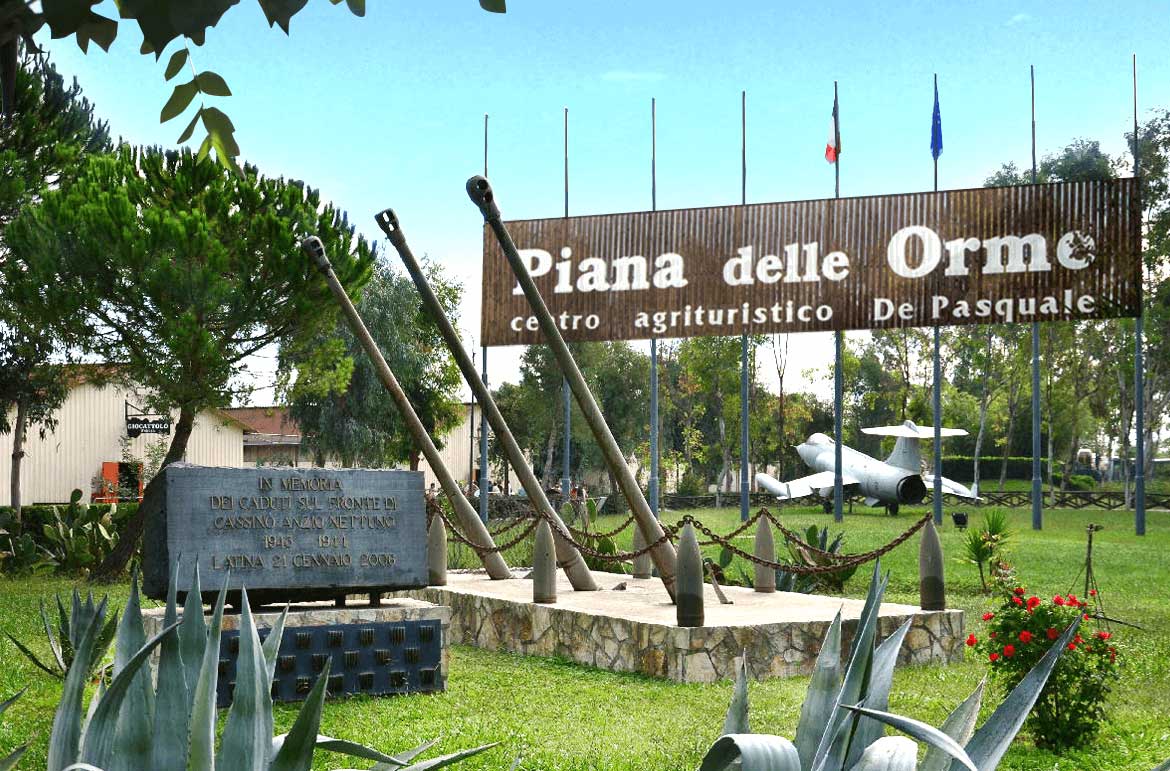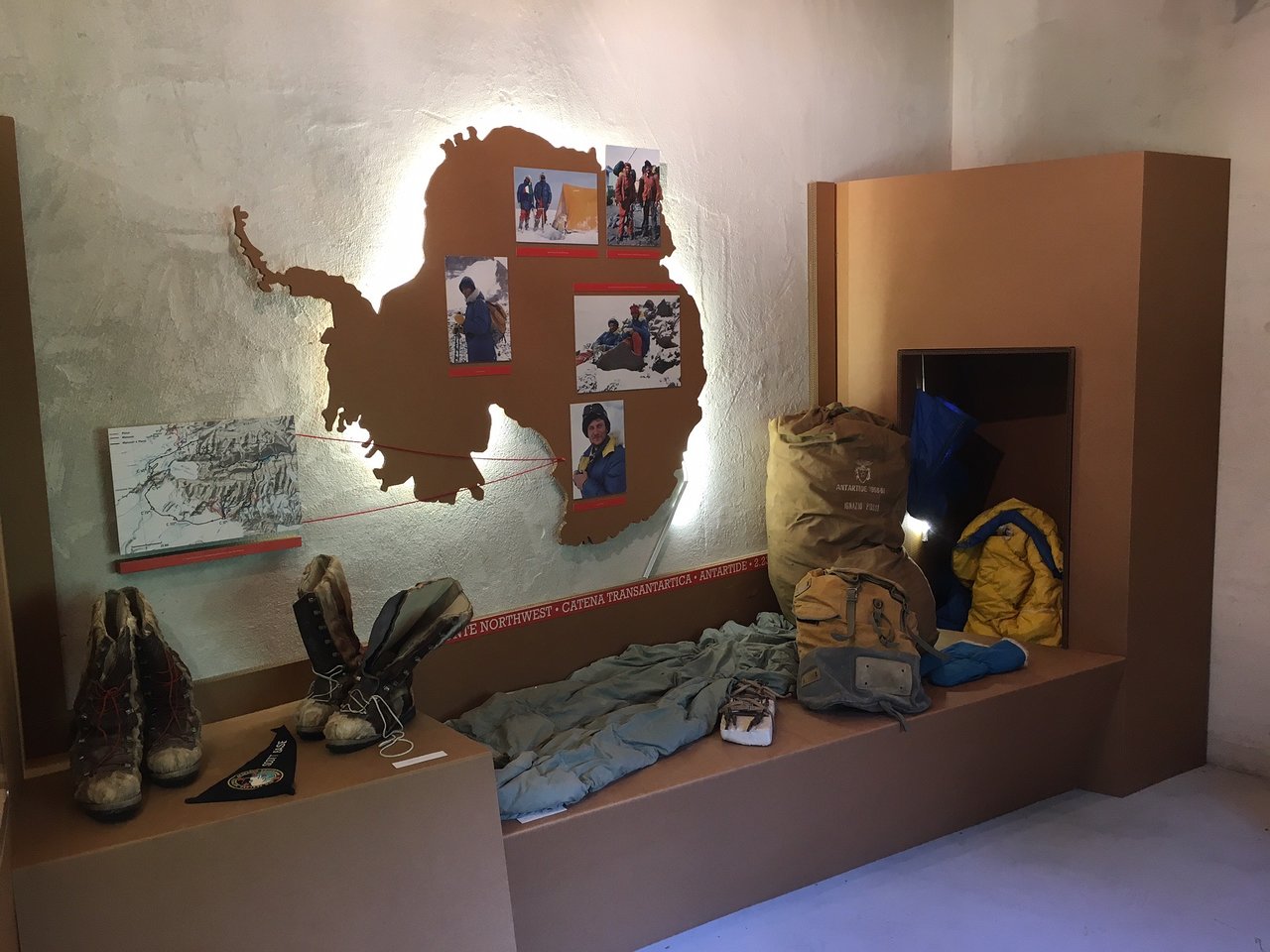Inaugurated in December 2018, M9 is the Venice Mestre museum dedicated to the history of 20th century Italy. part of an extensive urban regeneration project in the centre of Mestre, the M9 building was designed by Berlin-based Sauerbruch Hutton, winner of an international architecture competition launched in 2010.With a total surface area of about 10,000 square meters, M9 consists of two independent volumes; the main one, with a triangular plan, contains the exhibition halls, an auditorium and the services for the public while the smaller building houses the museum offices.
Both buildings are externally clad with coloured ceramic tiles, the trademark of many of the German studio’s projects. The main building is characterized by a large linear double-flight staircase (giving access to the main rooms), whose trend is declared by the inclined volume and the long ribbon window, which can be read on the entrance facade.
The exhibition rooms, distributed on three levels, are large "black boxes" substantially free plan, without windows and characterized by dark colors, while the brightness of the common areas and public service areas are due to the use of fair-faced concrete and wood, recurring materials inside the building. The permanent exhibition covers over 2,600 square meters on two floors, the permanent exhibition of ‘M9 tells the history of the Italian twentieth century through eight sections that follow a logic exhibition both chronological and thematic.
Few physical objects are inserted in an almost entirely immaterial setting, created with videos, graphic panels and multimedia and interactive workstations, some of them in virtual reality.
